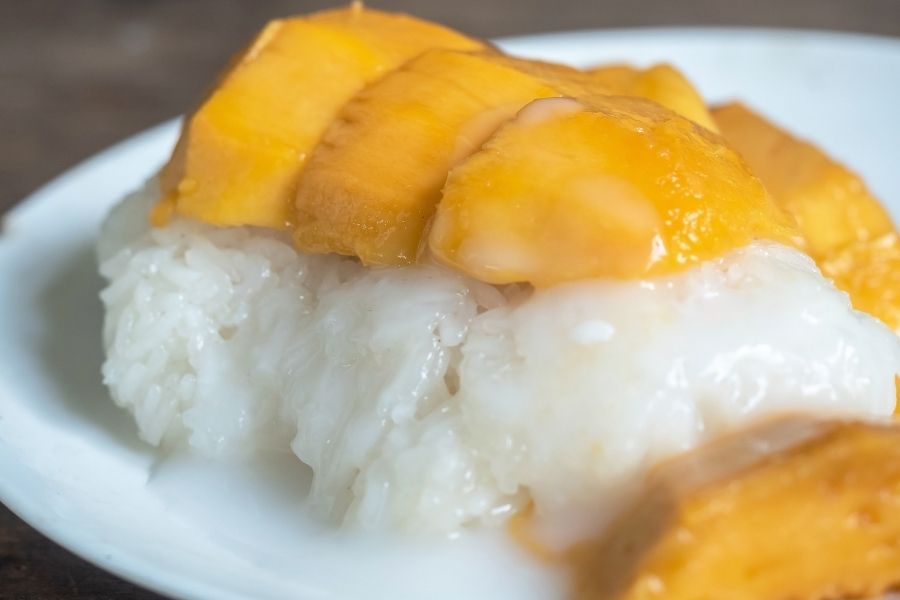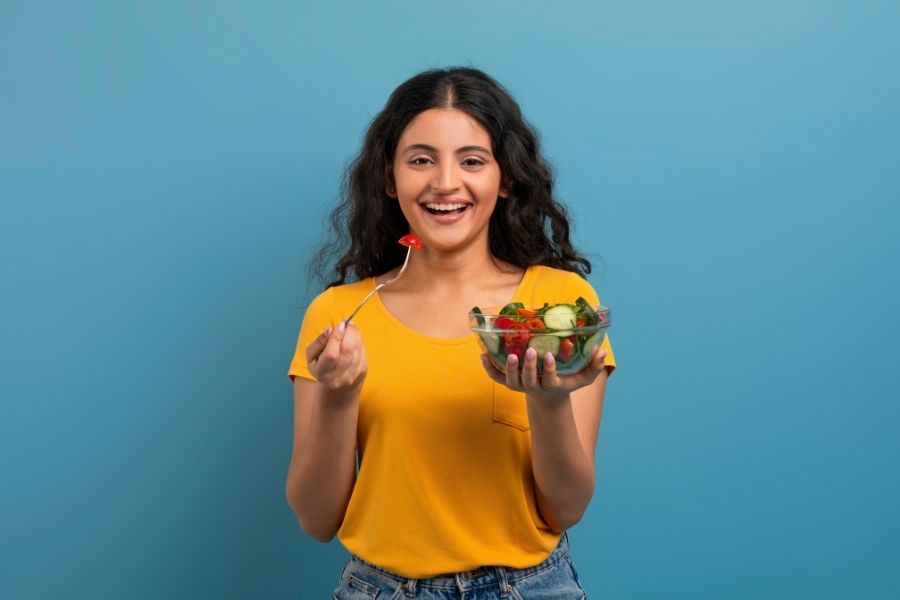When summer hits Bengal, if there is one dish that brings equal parts nostalgia and joy, it is doodh-aam-bhaat. A combination of steamed rice, chilled milk and sweet mango is a deep-rooted seasonal ritual in Bengali households. But how healthy is this comfort food? Is combining mango and milk really good for you? My Kolkata spoke to experts to understand the nutritional truth behind this age-old combination.
An emotional summer staple
“Mango is not just a fruit, it’s an emotion. And aam-doodh-bhaat is a dish that carries a deeper note of emotional strength and vulnerability. It’s a food that makes you feel safe,” said Payel Kr Roy, HOD of dietetics at Techno India Dama Hospital. A staple in many Bengali homes during the summer, it’s often eaten as a meal on particularly hot days, sometimes with a bit of sugar or even a pinch of salt to taste.
But what makes this dish more than just nostalgic is its nutrient-rich ingredients — ripe mangoes, fresh milk and plain rice.
The nutritional breakdown

Mangoes are rich in vitamins A and C, potassium, fibre and antioxidants. Milk adds calcium, protein and essential vitamins, while rice serves as a carbohydrate-rich energy source Shutterstock
“Mangoes are rich in vitamins A and C, potassium, fibre and antioxidants like mangiferin,” said Roy. These nutrients help boost immunity, improve skin health, aid digestion and may even help protect against heart disease. Milk adds calcium, protein and essential vitamins like B12 and D, while rice serves as a carbohydrate-rich energy source.
Satavisha Basu, senior dietician at Narayana Hospital, Howrah, added, “This combination of carbs, protein, vitamins and minerals can help keep you full and satisfied. It’s a balanced summer meal if eaten in moderation.”
But what about the downsides?
Despite its nutritional benefits, doodh-aam-bhaat does come with some cautionary advice. “Mangoes have a high glycemic index. People with diabetes must be careful with portion sizes. It’s best consumed with some protein or healthy fats to regulate blood sugar,” said Roy.
But the dietitian points out that while the dish is filling, the combination of mango and milk isn’t suitable for everyone. “Mangoes are high in natural sugar and milk adds calories. Having this dish late at night might lead to weight gain because of the body’s resting metabolism. Some people also experience bloating or digestive discomfort due to the lactose in milk or the combination itself.”
Ayurveda traditionally advises against mixing mango with milk, citing the possibility of creating an imbalance in the digestive system. However, Basu explained, “There’s no strong scientific evidence proving harm, but people with sensitive digestion or lactose intolerance should be cautious. Always listen to your body.”
What type of mango works best?

Sweet, non-fibrous varieties are ideal for doodh-aam-bhaat iStock
Not all mangoes can be paired with milk and rice. Sweet, non-fibrous varieties are ideal for doodh-aam-bhaat. As per the doctors, Alphonso, Kesar, Dasheri and Bengal’s beloved Himsagar for their flavour, texture and natural sweetness. These mangoes blend well with milk and enhance the dish’s taste without causing digestive issues.
When should you have it?
It’s best eaten during the day, in small portions, and ideally after checking with a nutritionist if you have any chronic conditions like diabetes, gout or kidney issues. You can enjoy doodh-aam-bhaat as part of a healthy diet if you are mindful of quantity and your body’s needs.


